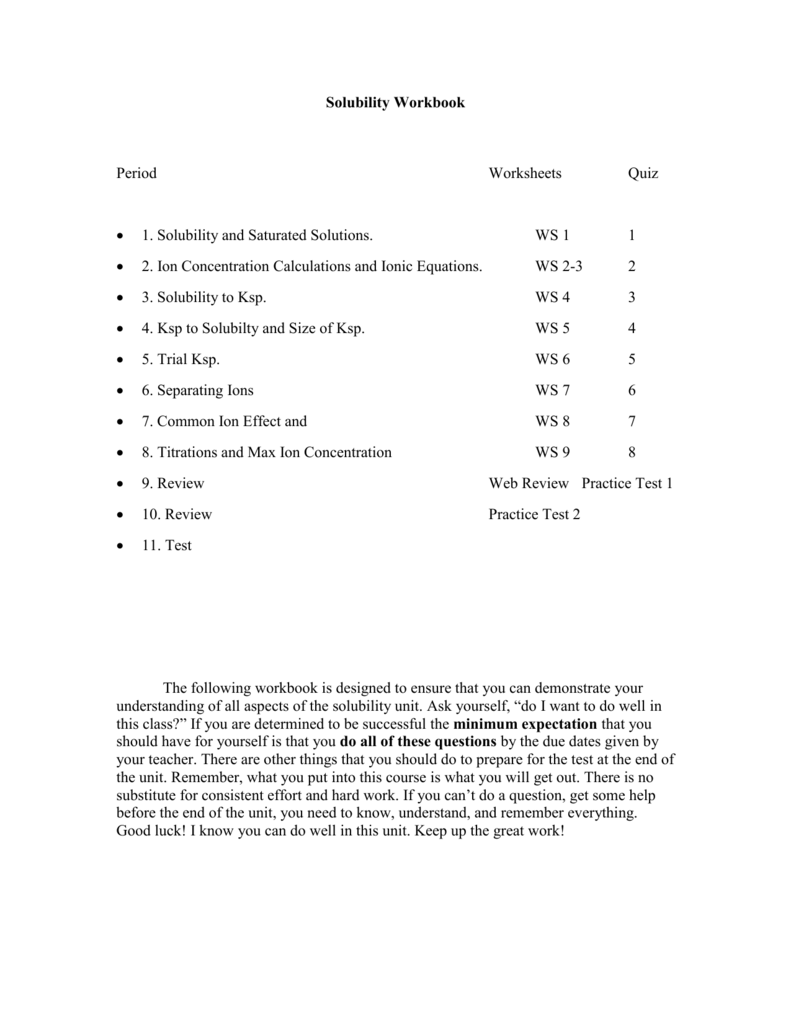
But what happens if we involve substances that only partially ionize in solution? What effect would a common ion have on an equilibrium? In the above examples, since all of the compounds undergo 100% ionization, we could use simple stoichiometry to find the concentrations of the common ion. John poured 10.0 mL of 0.10 M NaCl, 10.0 mL of 0.10 M KOH, and 5.0 mL of 0.20 M HCl solutions together and then he made the total volume to be 100.0 mL. Therefore, the total amount of chloride ion in solution is: Therefore, due to the conservation of ions, we have:Įach compound produces chloride ions however, we note that calcium chloride produces 2 mol of Cl – ions for every mol of CaCl 2 dissolved. Using stoichiometry, we see that each mol of dissolved compound produces a mol of cations. What are, ,, and in a solution containing 0.10 M each of NaCl, CaCl 2, and HCl?Īll three species ionize completely in water:ĬaCl 2 ( s) → Ca 2+ ( aq ) + 2Cl – ( aq ) You may recognize the above equivalence as an application of the concepts of charge balance and mass balance.Įxample 6.1.1 – Concentrations of Common Ions Since both salts ionize completely in solution, we can use stoichiometry to express the concentrations of the dissolved ions in solution in the following equation: In a system containing NaCl and KCl, the Cl – ions are common ions. When NaCl and KCl, both very soluble salts, are dissolved in the same solution, the Cl − ions are common to both salts.


Contributions from all salts must be included in the calculation of concentration of the common ion. If the salts contain a common cation or anion, these salts contribute to the concentration of the common ion. If several salts are present in a system, they all ionize in the solution. The common ion effect is used to describe the effect on an existing equilibrium by the addition of a second substance that contains an ion common to the equilibrium.


 0 kommentar(er)
0 kommentar(er)
